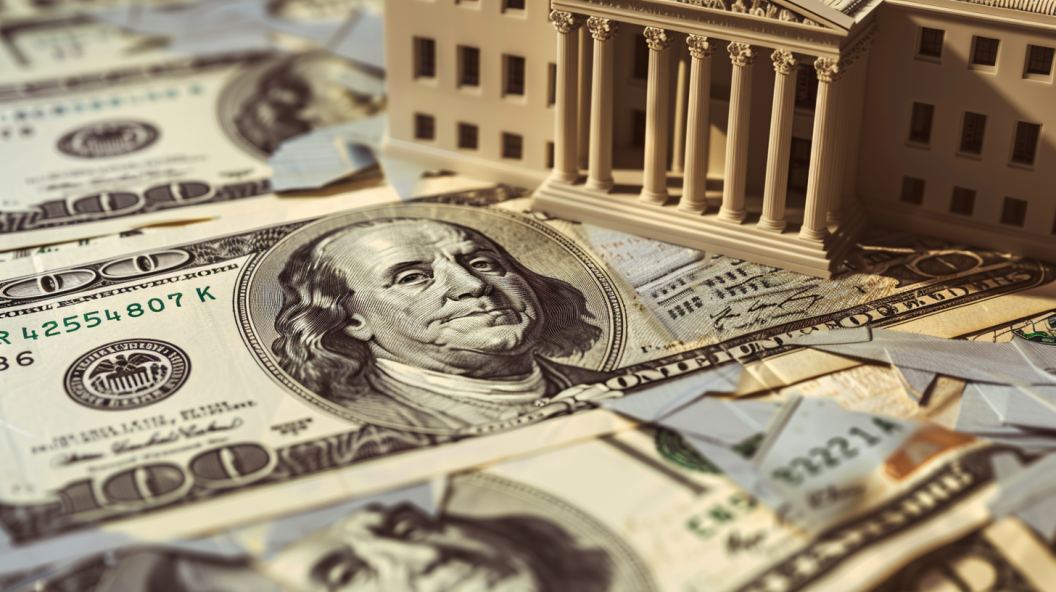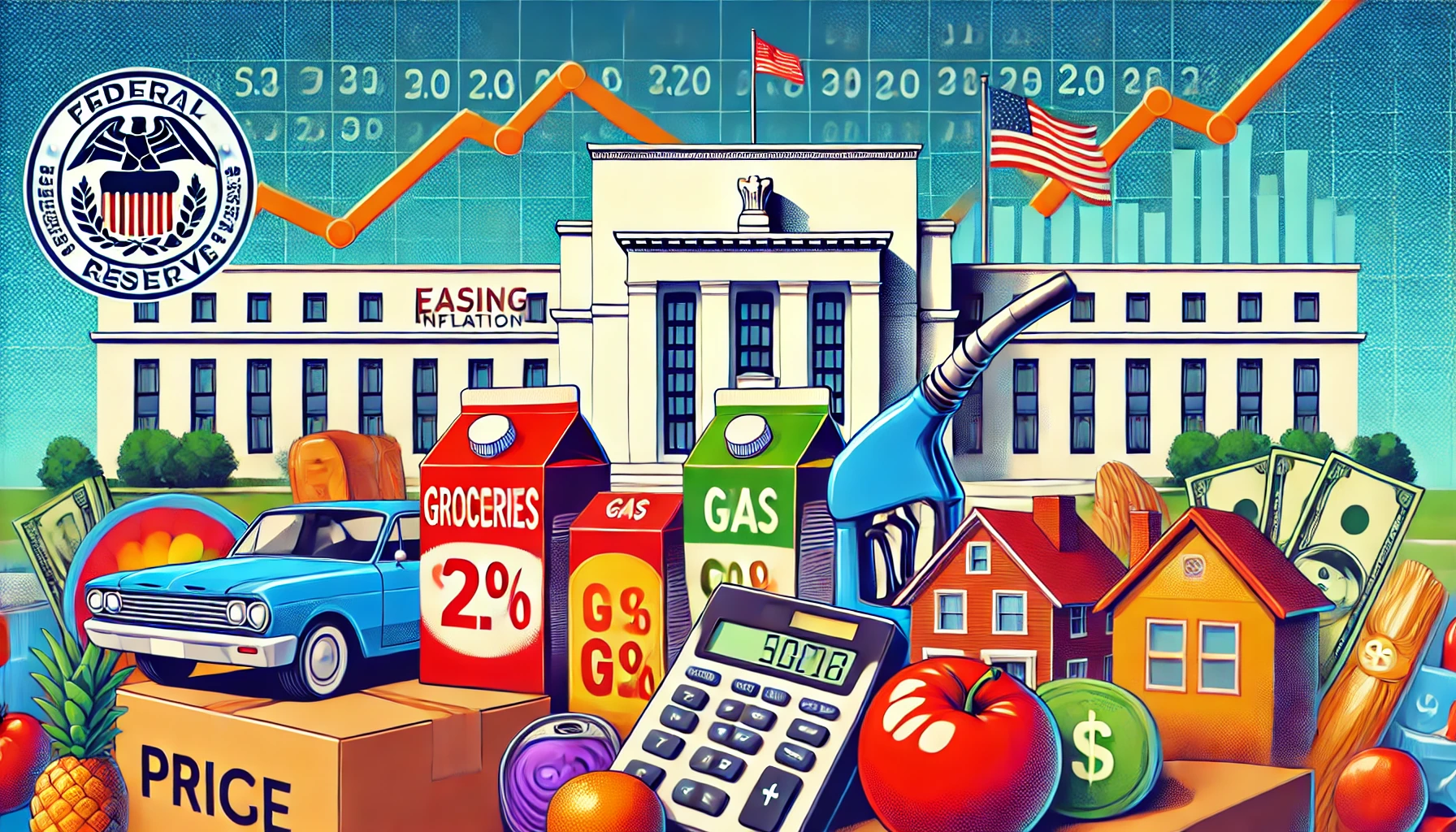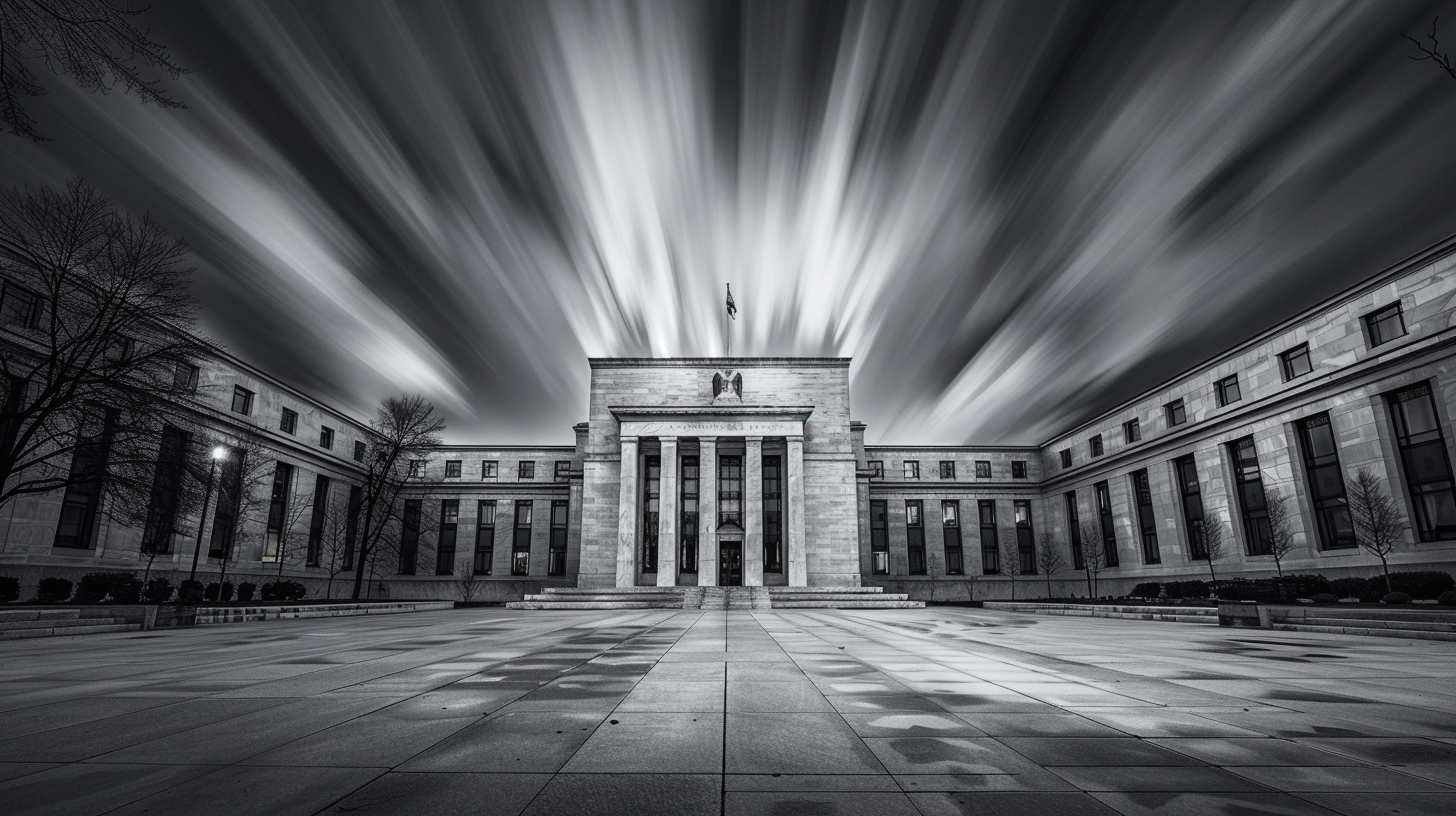| Key Points: – Economists predict two Fed rate cuts in 2024, less than market expectations – Resilient consumer demand and strong labor market support a cautious approach – Inflation easing but not expected to reach 2% target until at least 2026 |
In a recent Reuters poll, economists have outlined a more conservative outlook for Federal Reserve interest rate cuts compared to current market expectations. While financial markets are pricing in two to three rate reductions this year, a growing majority of economists anticipate only two cuts, scheduled for September and December 2024. This cautious stance reflects the complex interplay between easing inflation, robust consumer spending, and a resilient labor market.
The survey, conducted from July 17-23, revealed that over 80% of the 100 economists polled expect the first 25-basis-point cut to occur in September. This would bring the federal funds rate to the 5.00%-5.25% range. Nearly three-quarters of respondents predicted a second cut in December, maintaining this view for the past four months despite shifting market sentiments.
The rationale behind this conservative approach lies in the unexpected strength of the U.S. economy. June’s retail sales data surpassed expectations, indicating that consumer spending remains a powerful economic driver. Additionally, the unemployment rate, currently at 4.1%, is not projected to rise significantly. These factors suggest that the economy may not require as much monetary policy support as previously thought.
Inflation, while decelerating, continues to be a concern for policymakers. The personal consumption expenditures (PCE) price index, the Fed’s preferred inflation gauge, is expected to show only a slight decline to 2.5% in June from 2.6% in May. More importantly, economists don’t foresee inflation reaching the Fed’s 2% target until at least 2026, underscoring the persistent nature of price pressures.
The divergence between economist predictions and market expectations has notable implications. Recent market movements have seen stocks rise by around 2% and yields on 10-year Treasury notes fall by more than 25 basis points this month, reflecting optimism about potential rate cuts. However, the more measured outlook from economists suggests that market participants may need to temper their expectations.
Looking ahead, the Fed’s decision-making process will be heavily influenced by upcoming economic data. This week’s releases, including the second-quarter GDP growth rate and June’s PCE price index, will be crucial in shaping the economic landscape. Economists project Q2 GDP growth at an annualized rate of 2.0%, up from 1.4% in Q1, indicating continued economic expansion.
The long-term outlook suggests a gradual easing of monetary policy. Economists anticipate one rate cut per quarter through 2025, potentially bringing the federal funds rate to the 3.75%-4.00% range by the end of that year. This measured approach aligns with the Fed’s dual mandate of maintaining price stability and maximum employment.
It’s worth noting that the U.S. economy is expected to grow by 2.3% in 2024, surpassing the Fed’s estimated non-inflationary growth rate of 1.8%. This robust growth projection further supports the case for a cautious approach to rate cuts.
In conclusion, while the Federal Reserve has made progress in its fight against inflation, the path forward remains complex. The resilience of the U.S. consumer and labor market, coupled with stubborn inflationary pressures, necessitates a balanced approach to monetary policy. As we move through 2024, market participants and policymakers alike will need to closely monitor economic indicators to gauge the appropriate pace of monetary easing.














